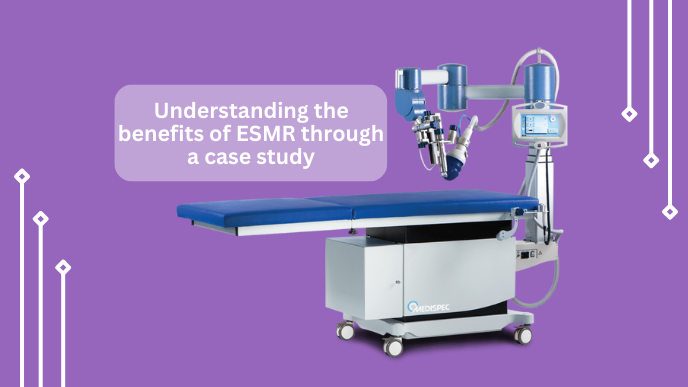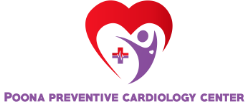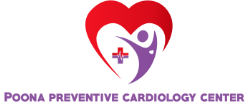
What is ESMR treatment?
Extracorporeal Shockwave Myocardial Revascularization, or ESMR, is a relatively new treatment concept in the field of heart and coronary diseases. Within a very less span of time, it has grown to be quite popular and is being considered one the most successful non-invasive methods of improving blood supply to the heart muscles. It is also known by the name ‘Non-Invasive Cardiac Angiogenesis Therapy’ (Ni-CATh).
This method involves directing mild shockwaves to the treatment zone via the anatomical acoustic window in this treatment. These acoustic waves cause shear stress on the vessel wall, stimulating the growth of new blood vessels and expanding their network around the blocked arteries, increasing the quantum of blood supply to the heart and decreasing angina attacks.
Who can undergo ESMR treatment?
Patients with the following ailments or conditions are ideal candidates for ESMR treatment:
- When even after bypass surgery or angioplasty, patients experience chronic chest pain (refractory angina).
- Angiogram with 70% -100% blockages
- Reblocks following bypass surgery or angioplasty
- Chronic Renal Disease with a Heart Attack
- High-risk cases that are medically unfit for bypass surgery
- When coronary anatomy does not lend itself easily to bypass surgery.
- When the target lesion is inaccessible, angioplasty cannot be performed.
- Patients who are unwilling to undergo surgical procedures.
What is the course duration of ESMR treatment?
The total treatment time is 20-30 minutes, and the patient should attend nine treatment sessions over a nine-week period. (3 treatments each month, during 1st, 5th, and 9th weeks). Shockwaves are delivered to the ischemic area’s border during each treatment session.
How do you feel during the procedure?
During the treatment, you may notice a local tickling in the treatment area, which may be accompanied by some noise.
What are the clinical advantages of ESMR treatment?
- Patients can walk further without experiencing chest pain.
- The patient would have fewer or no angina attacks.
- Angina attacks would be less painful.
- The need for anti-anginal medications in patients can be reduced.
- Patients can return to work and resume their active lifestyle.
- Patients will be more energetic and confident.
Why choose ESMR therapy over surgical treatments?
Recurrent Angina is common in patients with advanced CAD. For these patients, surgical and interventional options are usually exhausted or will result in only partial revascularization. The ESMR therapy provides new hope for these patients by supplementing existing treatment procedures.
Moreover, unlike bypass surgery, angioplasty, and stenting procedures, ESMR is non-invasive, risk-free, painless, requires no anesthesia or sedatives, has no re-treatment limitations, and is performed as an outpatient procedure.
Case study to back ESMR benefits
The following is a quick summary of a case study conducted in Indonesia to observe the effects of ESMR therapy on patients with cardiovascular conditions who wanted to avoid surgery.
It has been observed that the leading cause of mortality and morbidity is coronary artery disease (CAD), which includes stable angina pectoris (SAP). This study was conducted to determine the efficiency of the ESMR procedure in treating CAD and SAP conditions.
The study clearly showed that ESMR therapy improved ischemic response, functional capacity, angina symptoms, and physical components in terms of quality of life, particularly in the domains of bodily pain and general health. Because ESMR therapy works by causing the inertial collapse of micro-sized bubbles, it can promote collateral growth, myocardial remodeling, and left ventricular compliance.
Furthermore, ESMR therapy also showed improvement in patients with significant stenosis in epicardial coronary circulations. It is possible that ESMR, through its mechanism, will improve myocardial microcirculation and coronary collaterals. This improvement positively affects the myocardial ischemia response, functional capacity, and the physical component of life.
It was also found that ESMR improves myocardial oxygen consumption, as evidenced by an increase in the double product. As a result, an increase in the double product could indicate an increase in exercise tolerance, which correlates with myocardial activity.
Observations
- Patients experienced limited angina during the treadmill stress test
- Ischemic response improved
- Improvement in walking for longer periods of time
- Body pain factor improved
- No major adverse cardiovascular events like death, myocardial infarction, coronary revascularization, stroke, or hospitalization were encountered during the 3-month follow-up phase.
Conclusion
It can be safely concluded that in this study, four CABG-SAP patients who received ESMR therapy showed improvements in ischemic response, functional capacity, overall health, and the zeal to live life to the fullest.
Disclaimer: The results of this case study may have some limitations because the data were derived retrospectively from medical records. Hence, several factors could not be controlled, such as the reasons and strategies for medication modifications that may have affected the post-therapy evaluation.
Are you looking for non-invasive cardiovascular treatments?
Poona Preventive Cardiology Centre is Pune’s only clinic that provides the safest and most clinically approved non-surgical treatments like ESMR, EMRT, and chelation therapy for cardiovascular diseases designed on the base of Preventive Cardiology principles. Our mission is to provide advanced, scientifically validated diagnostics and therapeutics to aid men and women to age as healthily as possible.
Visit or contact our clinic to know more.


